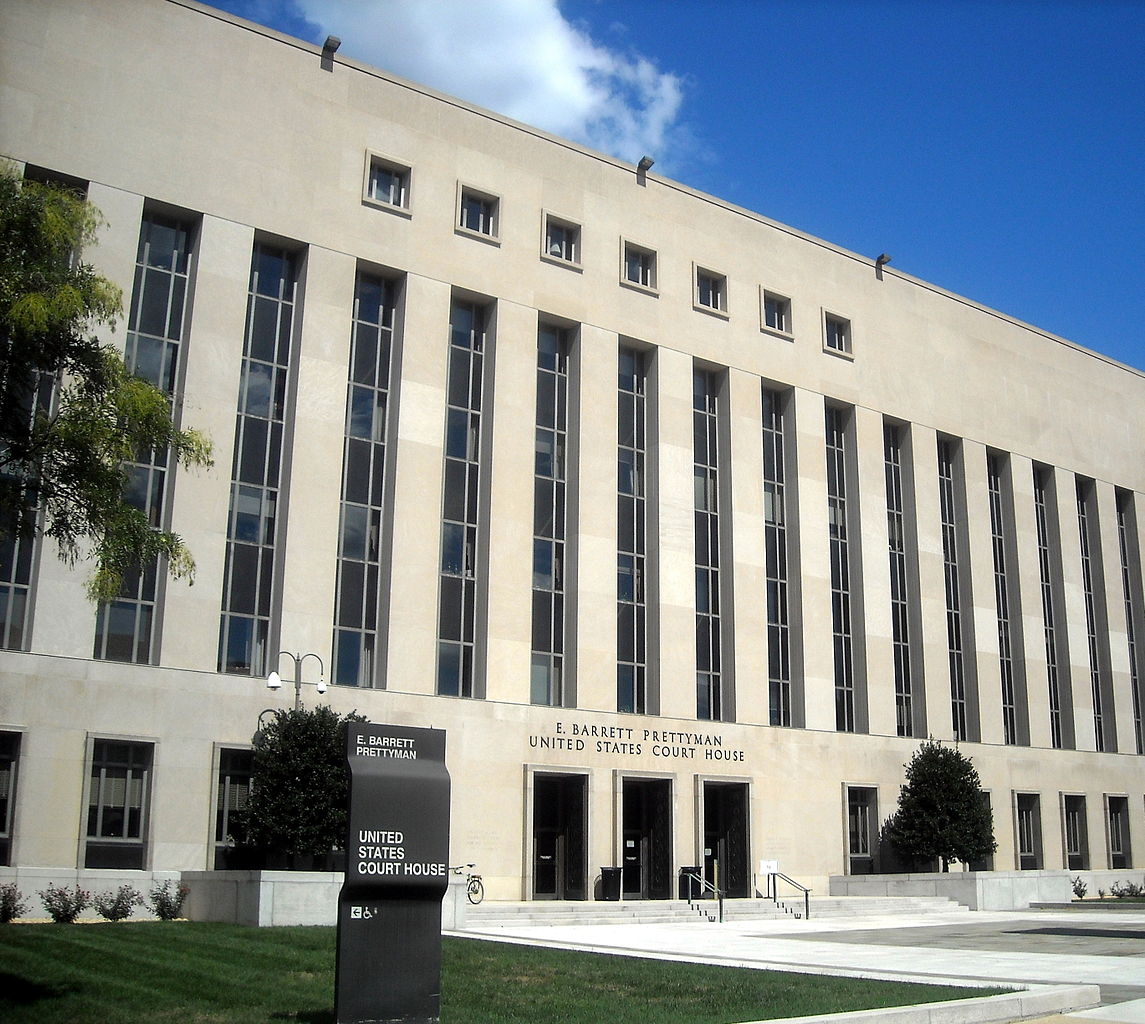Does Nashiri’s Habeas Petition Sound in Habeas?
Nashiri’s Reply Brief, released on Friday, responds to the government’s contention that Nashiri’s petition does not sound in habeas at all, and is therefore barred by 28 U.S.C. § 2241(e)(2).
Published by The Lawfare Institute
in Cooperation With

Nashiri’s Reply Brief, released on Friday, responds to the government’s contention that Nashiri’s petition does not sound in habeas at all, and is therefore barred by 28 U.S.C. § 2241(e)(2). An initial post about the government’s abstention argument noted that the government does not offer much in the way of explaining the claim. Nashiri’s Reply Brief responds that the two attempts by the prosecution to prevent review on the merits – first, by arguing that his petition does not sound in habeas and second, for the application of Councilman abstention – “ask this Court to accomplish through judicial construction, what the Supreme Court held to be unconstitutional in Boumediene v. Bush, 553 U.S. 723 (2005).” Because the argument that a pre-trial petition challenging military jurisdiction is not an appropriate use of habeas corpus could have much broader implications, readers may be interested in why Nashiri’s attorneys say it is:
The argument that Al-Nashiri’s claim is barred because it does “not sound in habeas” is contradicted by centuries of precedent. At British common law, habeas was the principal procedural vehicle for obtaining judicial review over an inferior tribunal’s assertion of jurisdiction. According to a leading historian, “[t]here can be little doubt . . . that habeas corpus in its cum cause form was being used for [testing the jurisdiction of the tribunal] independently of privilege or certiorari by the mid-fifteenth century.” R.J. Sharpe, The Law of Habeas Corpus 5 (1990). Coke emphasized the Kings Bench’s use of the writ to oversee inferior courts and “keep them within their proper jurisdiction.” Coke, 4 Inst. 1170. In fact, the writ was so indispensable for checking the jurisdiction of executive tribunals that Parliament guaranteed it for that purpose in the Act for the Abolition of the Court of Star Chamber. 17 Car. I. c. 10 § 6.
In the United States, Chief Justice Burger concluded that inquiring into “whether a committing court had proper jurisdiction” is at the center of habeas’ constitutional core. Swain v. Pressley, 430 U.S. 372, 385 (1977) (Burger, C.J., concurring). In The Federalist, Hamilton celebrated habeas as the traditional means of securing against “arbitrary methods of prosecuting pretended offenses.” The Federalist No. 83 (Alexander Hamilton). And in the Nineteenth century, the writ’s predominate usage was for raising pre-trial challenges to jurisdiction. Dallin H. Oaks, Habeas Corpus in the States 1776-1865, 32 U. Chi. L. Rev. 243, 258 (1965) (“[M]ost petitions involving criminal commitments preceded conviction. In fact, many were submitted immediately upon the defendant’s being arrested and before he was even brought before a judicial officer for formal commitment.”)
The writ has played an especially important role in ensuring the legality of military jurisdiction. In re Yamashita, 327 U.S. 1, 9 (1946) (“[T]he Executive branch of the government could not, unless there was suspension of the writ, withdraw from the courts the duty and power to make such inquiry into the authority of the commission as may be made by habeas corpus.”); Johnson v. Eisentrager, 339 U.S. 763, 775 (1950) (even during declared wars, an individual can challenge “the existence of a state of war and whether he is an alien enemy.”). This was true in the United Kingdom at the time of the Founding. See The Case of Wolfe Tone, [1789] 27 St. Tr. 614. It was true during the Civil War. Ex parte Milligan, 4 Wall. 2, 123-24 (1866). It was true at the peak of World War II. Quirin, 317 U.S. at 25. And it was true a decade ago with the Supreme Court enjoined military commission proceedings in Guantanamo in the face of a habeas-stripping statute. Hamdan, 548 U.S. at 572-84.
It appears that Hamdan clearly refutes the government’s contention that this petition is not appropriate for habeas. In Hamdan, a Yemeni detainee brought a pre-MCA habeas petition challenging the authority of the military commission to try him. While the outcome in that case was, as the government points out, largely based on lack of congressional authorization and the lack of procedural protections for those military commissions — which the MCA ostensibly fixed — there is no readily apparent reason to examine the possible outcomes in determining the threshold question of whether the writ is appropriate for a particular challenge. And Nashiri’s challenge is roughly the same as in Hamdan, though certainly the merits outcome may be different.
The government may elaborate in oral arguments, set for February 17, or perhaps it will stick closer to Councilman abstention (Hamdan presents different challenges there). Either way, it is an interesting legal argument to consider.





